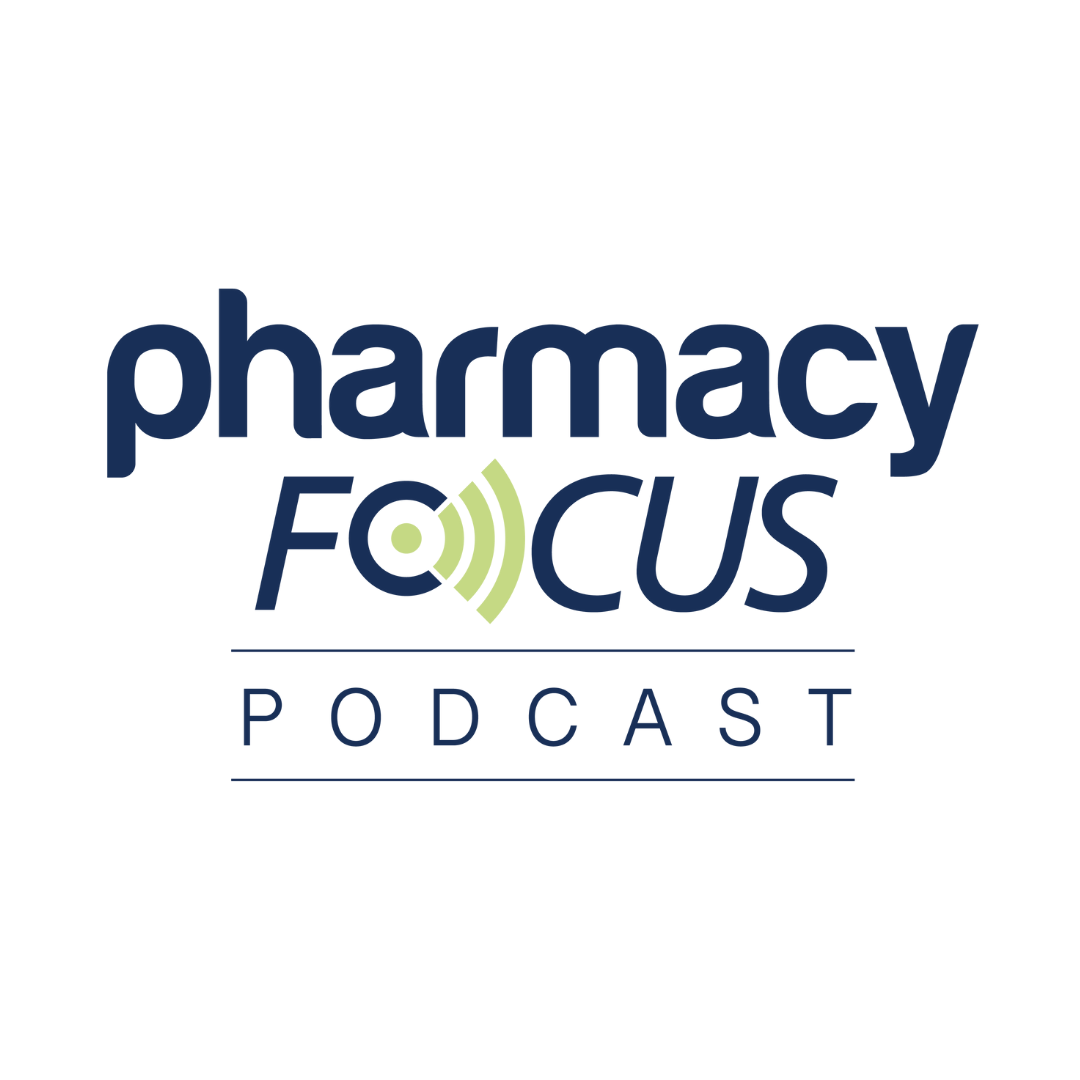Metered-dose inhalers which contain hydrofluorocarbon propellants—greenhouse gases which trap heat in the atmosphere more powerfully than carbon dioxide—are prescribed for asthma and chronic obstructive pulmonary disease. Because of their impact on the environment, the National Health Service encouraged the switch from propellant-containing metered-dose inhalers to propellant-free alternatives (eg, dry-powder and soft-mist).
The US health care system produces about 550 million metric tons (MMT) of CO2e emissions annually, compared with England, who produces about 30.4 MMT. Efforts to reduce inhaler-related emissions in the US have been hindered by the limited data on US inhalers’ carbon footprint. Authors of a research letter published in JAMA Network assessed emissions and costs in addition to the estimated total yearly emissions and costs for US brand-name inhalers that are prescribed to Medicare Part D and Medicaid beneficiaries.
For this analysis, all brand-name and generic inhaler prescriptions filled by Medicare Part D and Medicaid beneficiaries in 2022 were included. Emissions that were correlated with the use and disposal of each metered-dose inhaler were calculated with the following formula: inhaler contents (obtained from package insert) × propellant percentage (obtained from McKesson material safety data sheets) × 100-year global warming potential of the propellant (obtained from the Sixth Assessment Report of the Intergovernmental Panel on Climate Change), which represents the earth-warming effect of a gas relative to CO2 during 100 years. Additionally, mean emissions for each inhaler and by inhaler class (metered-dose, dry-powder, and soft-mist) were calculated.
To estimate total emissions in 2022, the investigators took the mean emissions per class and multiplied them by number of claims per class. Further, inhaler claims and costs were extracted from the Centers for Medicare & Medicaid Services (CMS) summary and statistics database.
Key Takeaways
- Environmental Impact of Metered-Dose Inhalers: Metered-dose inhalers, which contain hydrofluorocarbon propellants, contribute significantly to greenhouse gas emissions due to their high global warming potential. Efforts to switch to environmentally friendly alternatives like dry-powder and soft-mist inhalers are encouraged to reduce emissions in the health care sector.
- Inhaler-Related Emissions in the US: In 2022, metered-dose inhalers accounted for 70.2% of the 69.8 million inhaler claims in the US Medicare Part D and Medicaid but contributed to 98.3% of inhaler-related carbon emissions (1.13 MMT CO2e). In contrast, dry-powder and soft-mist inhalers had significantly lower emissions, but they accounted for a larger portion of spending.
- Cost and Emission Disparities Across Inhaler Types: While metered-dose inhalers were the most prescribed, dry-powder inhalers were more expensive on average, with higher spending despite their lower environmental impact. The study highlights the need for balancing cost, environmental impact, and effectiveness in inhaler prescriptions within the healthcare system.
According to the results, the mean (SD) estimated emissions per inhale by device class were 23.1 (11.3) kg of CO2e for metered-dose inhalers (n = 14), 0.79 (0.06) kg CO2e for dry-powder inhalers (n = 19), and 0.78 (0.0) kg CO2e for soft-mist inhalers (n = 4), in which 10 kg CO2e equals 41.2 km driven in an average gasoline-powered passenger vehicle. The investigators observed that the inhaled corticosteroid, long-acting β-agonist, metered-dose inhaler mometasone/formoterol (Dulera; Merck) had the highest emissions per inhaler, at 48.1 kg CO2e, and cost $444.37 per Medicare claim compared with the analogous inhaled corticosteroid, long-acting β-agonist, dry-powder inhaler fluticasone/salmeterol (Advair Diskus; GSK; 0.898 kg CO2e emissions/inhaler, $581.60/Medicare claim).
In addition, short-acting β-agonists were the most prescribed medication category among metered-dose inhalers, with 35.3 million claims. Albuterol sulfate (Ventolin HFA; GSK) had the highest emissions (28.7 kg CO2e/inhaler) among short-acting β-agonist medications.
The investigators observed a total of 69.8 million CMS inhaler claims in 2022, which resulted in an estimated 1.15 MMT of CO2e emissions. Metered-dose inhalers made up approximately 70.2% (n = 49.0 million) claims, 98.3% (1.13 MMT) CO2e emissions, and 37.9% ($7.5 billion) of spending, and dry-powder inhalers accounted for 24.5% (17.1 million) of claims, 1.22% (0.014 MMT) of CO2e emissions, and 50.8% ($10.0 billion) of spending. Soft-mist inhalers made up about 5.2% (3.6 million) of claims, 0.26% (0.003 MMT) of CO2e emissions, and 11.3% ($2.2 billion) of spending.
The investigators acknowledge that there are limitations to the study, of which one is the limitations to the CMS-insured population, which do not reflect the overall national inhaler emissions. In addition, manufacturing and active pharmaceutical ingredient emissions were gathered from European studies, and may not carry some uncertainty or be applied to the US. Claims prices also may not represent the out-of-pocket costs that patients with asthma must pay.
REFERENCE
Tirumalasetty J, Miller SA, Prescott HC, et al. Greenhouse Gas Emissions and Costs of Inhaler Devices in the US. JAMA. Published online August 29, 2024. doi:10.1001/jama.2024.15331






